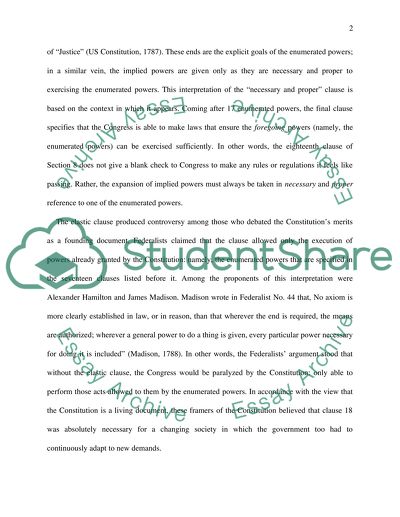Cite this document
(“Elastic Clause of the US Constitution Assignment”, n.d.)
Elastic Clause of the US Constitution Assignment. Retrieved from https://studentshare.org/law/1429754-american-government-final-essay
Elastic Clause of the US Constitution Assignment. Retrieved from https://studentshare.org/law/1429754-american-government-final-essay
(Elastic Clause of the US Constitution Assignment)
Elastic Clause of the US Constitution Assignment. https://studentshare.org/law/1429754-american-government-final-essay.
Elastic Clause of the US Constitution Assignment. https://studentshare.org/law/1429754-american-government-final-essay.
“Elastic Clause of the US Constitution Assignment”, n.d. https://studentshare.org/law/1429754-american-government-final-essay.


